ARC381: Technology Studio 4
In Technology Studio 4, students explore theories and methods of design and production using digital design and fabrication techniques. Students develop material systems and then, over the course of the semester, develop those systems into detailed assemblies. The course was taught by Tom Bessai and Tomasz Reslinski.
David Kalman, Rick Schutte, and Randa Omar
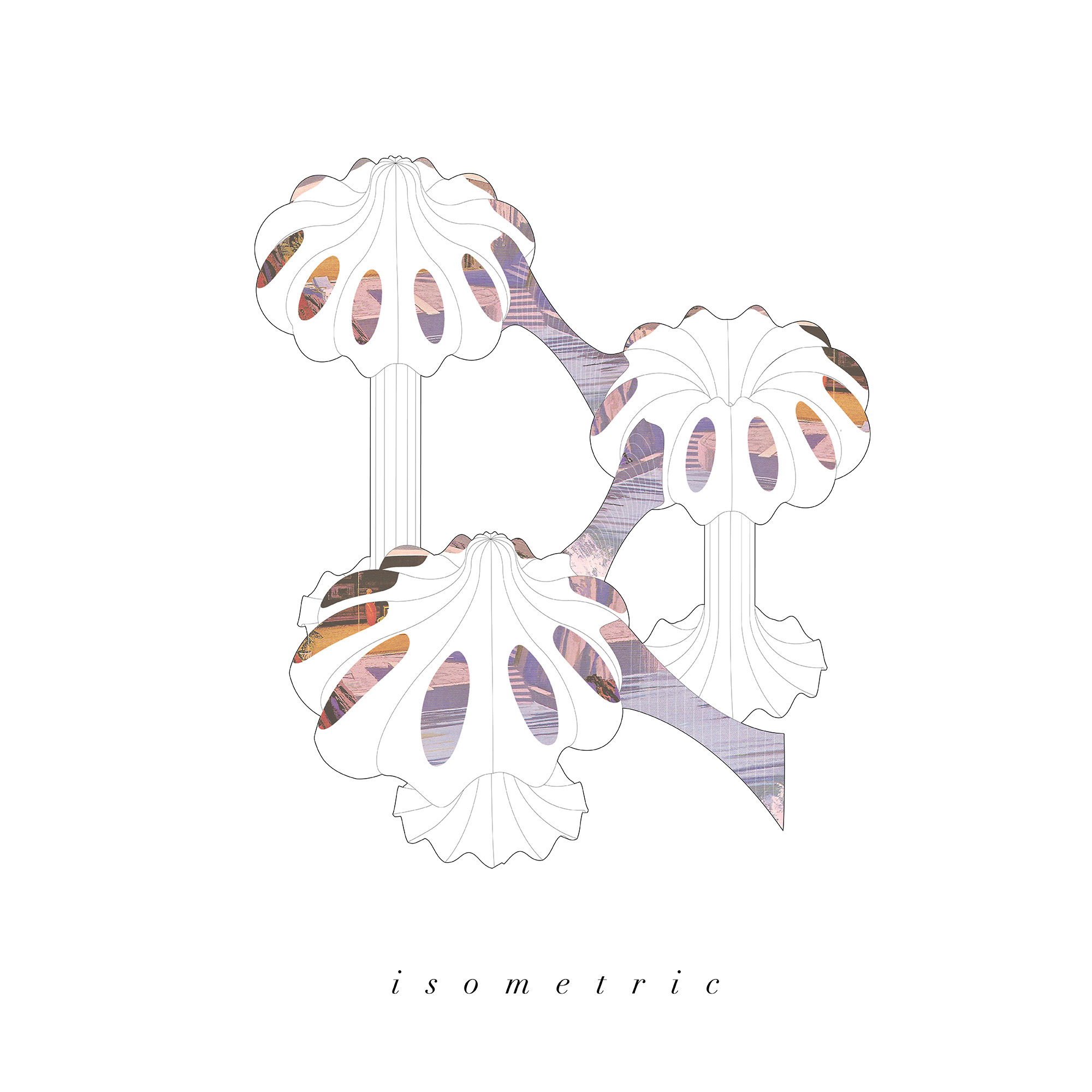
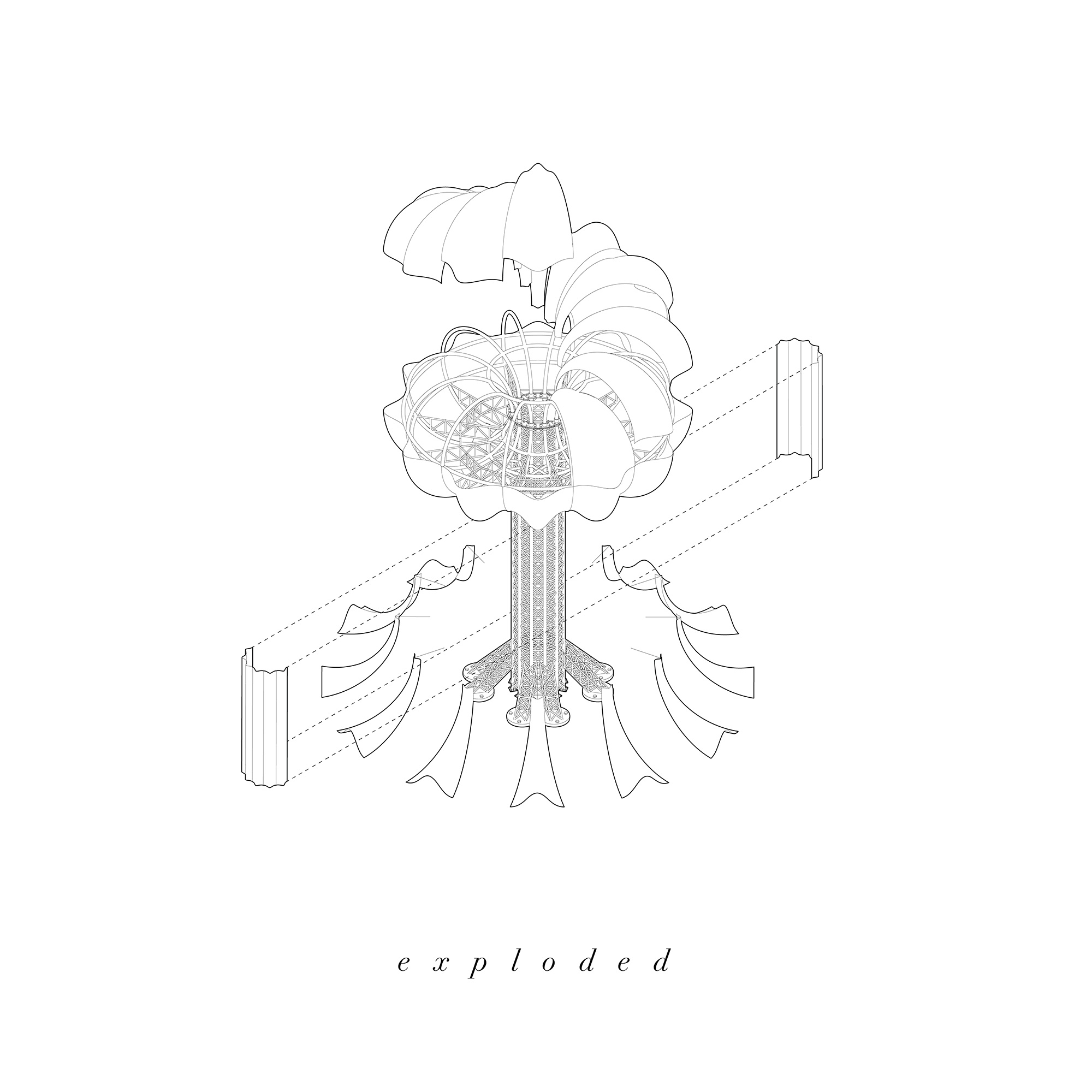
David, Rick, and Randa write: "Our project was motivated by our interest in plastics and the misuse of such a durable material for single-use objects. We believe that a material that has a lifespan of six hundred years, and that is pliable, economical, and protective against weather conditions, should be used for projects of permanence.
"Recycled plastic decreases waste and is less expensive than both virgin thermoplastics and traditional building materials. On a structural level, we wanted to avoid the natural relaxation of tension over time by casting softer materials while in tension. To do that, we experimented with vacuum forming plexiglass and filling PVC tubes with biodegradable, non-hazardous resin. We found that these tubes provide the best tension when bent and locked into a ring shape. This drove our form, which resulted in a living pod made of plexiglass, which was vacuum formed along a multitude of ring-shaped PVC tubes, arrayed in a circle. Inspired by rhizomes, we aggregated the pod into a three-unit assembly, with each unit seemingly growing from the ground up, and each suspended at a different height using a hybrid system of resin and steel. The pods are connected to each other by cylindrical passageways that contain stairs. Following our construction drawings, all building parts can easily be fabricated on site."
Instagram: david_kalman, rickschuttee, randaomar20
Yuuko Tingyu Han and Iris Anjuman Karim
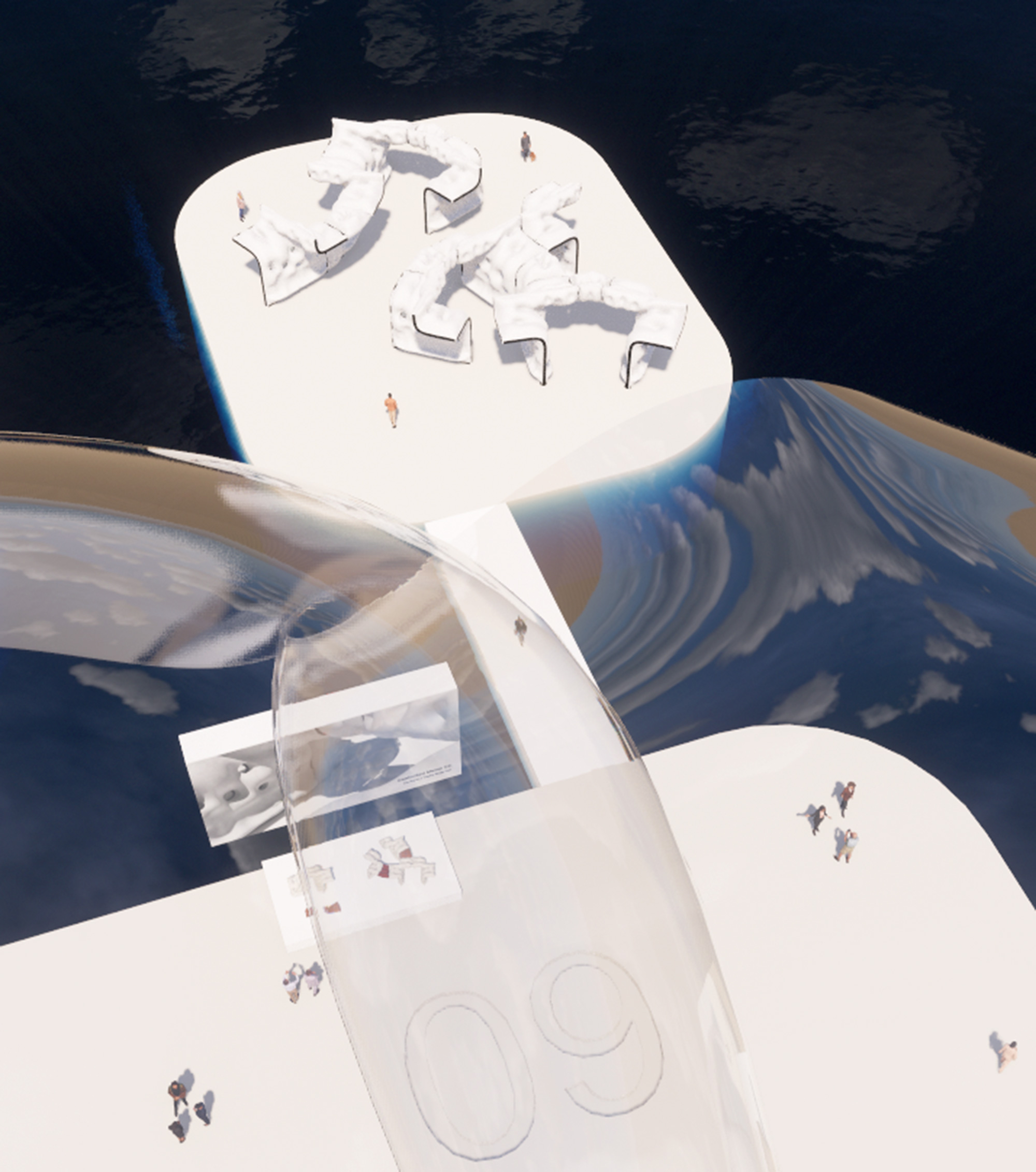
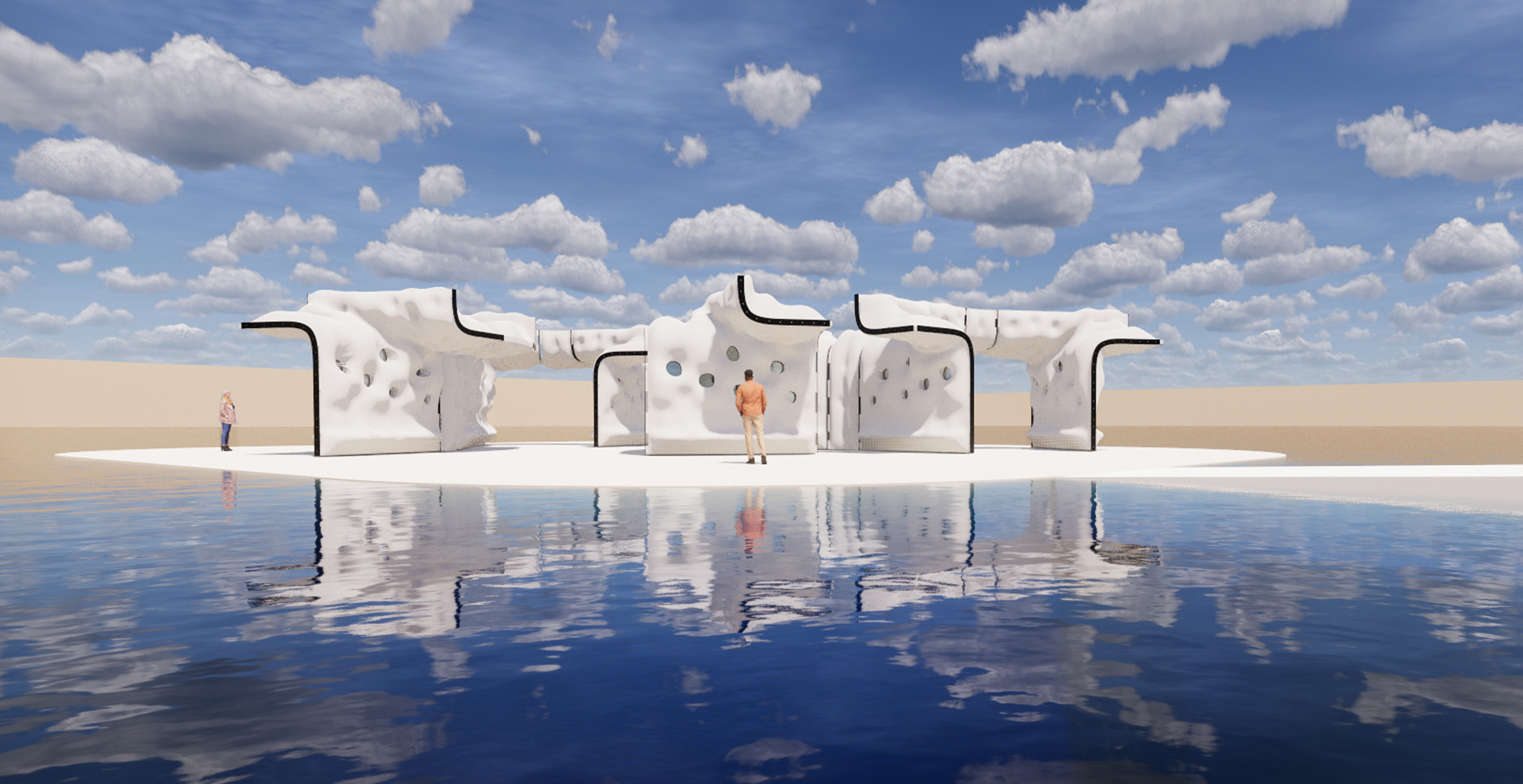
Yuuko and Iris experimented with applying double-sided cushions to what they call a "triply minimal surface system." For their final project, they used their system to create a design for a bus station.
Misha Gliwny and Ryan Collins
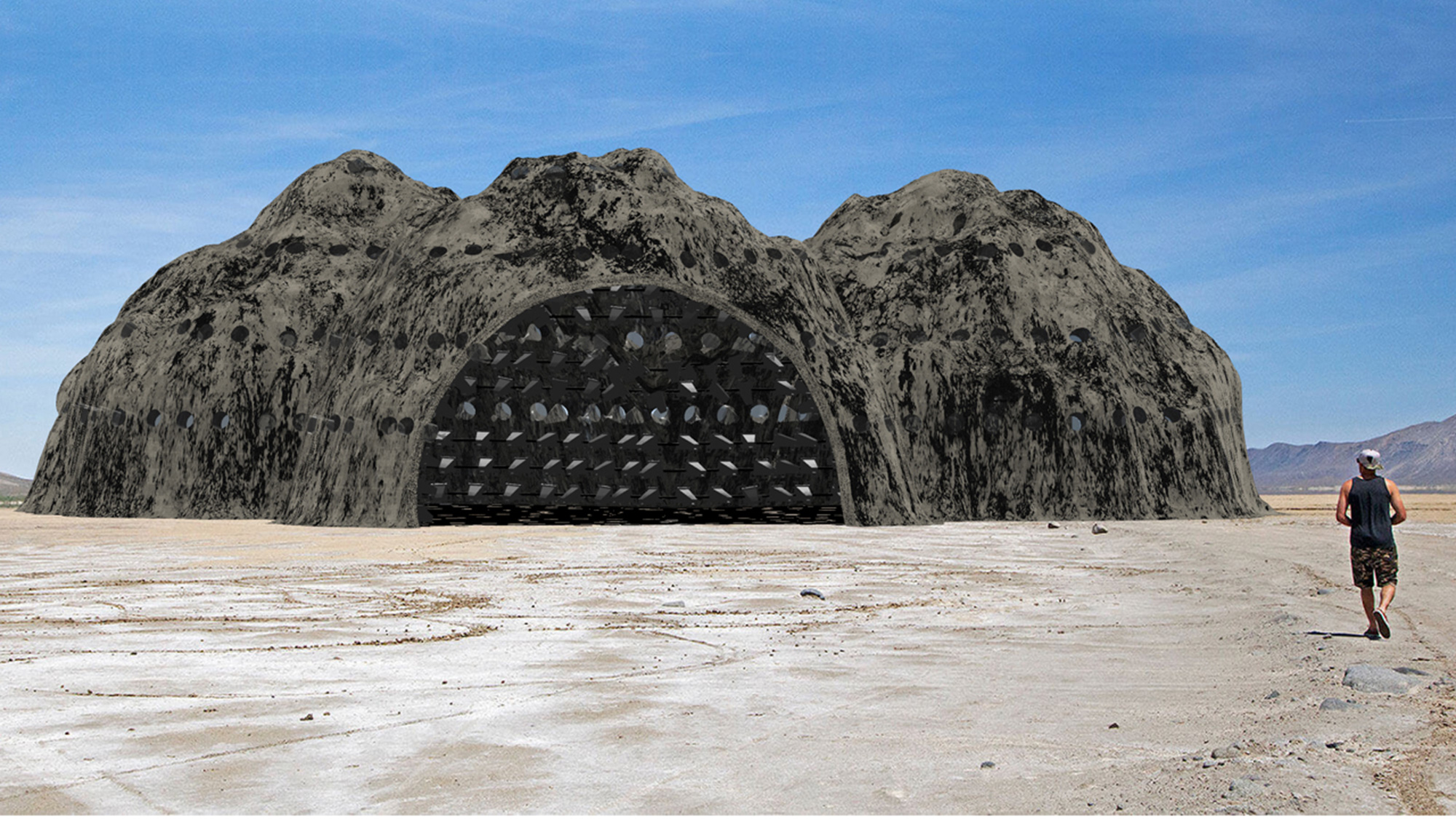
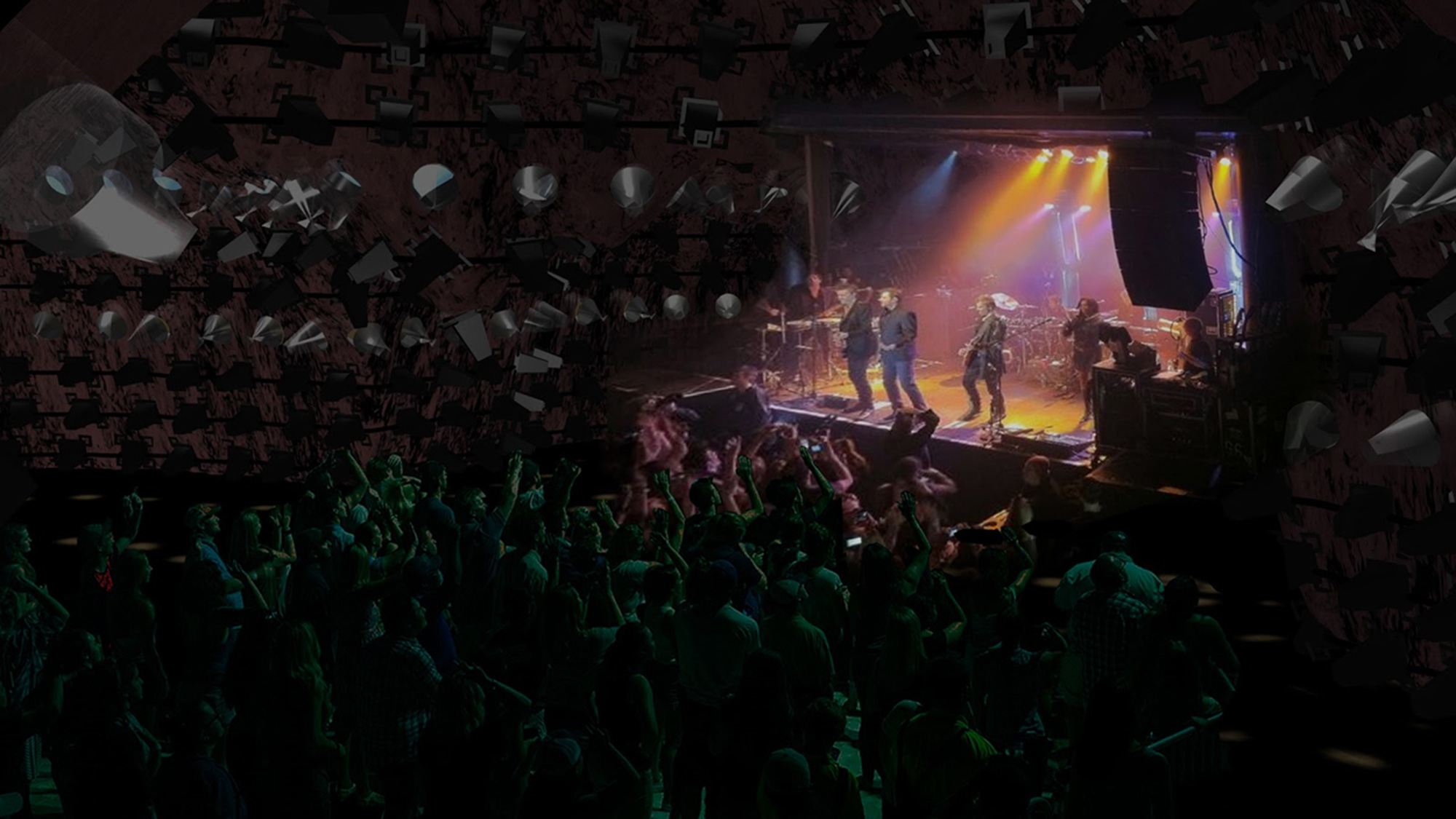
Misha and Ryan write: "‘Casting an Absence’ began with initial experimentation into forming structures with flexible molds. [...] We looked at aggregation, earth casting, and wire reinforcement, which led us to create a large sand-cast concrete structure, reinforced by a connected grid of aluminum and clear glass spikes which give the structure strength and form. The shape was determined via simulation in Grasshopper, using particle simulation with the plugin Flexhopper, to digitally recreate the viscosity and aggregation of wet sand. The aluminum spikes are hollow, to save weight and allow the concrete to fill the cavity and fully bind the spikes to the surface, creating a stronger and more refined structure. The structure’s glass spikes extend through the shell and create a dazzling starlight effect, which illuminates the inside, while creating an alluring and refreshing space."
Donghwi Kang and Zhenxiao Yang
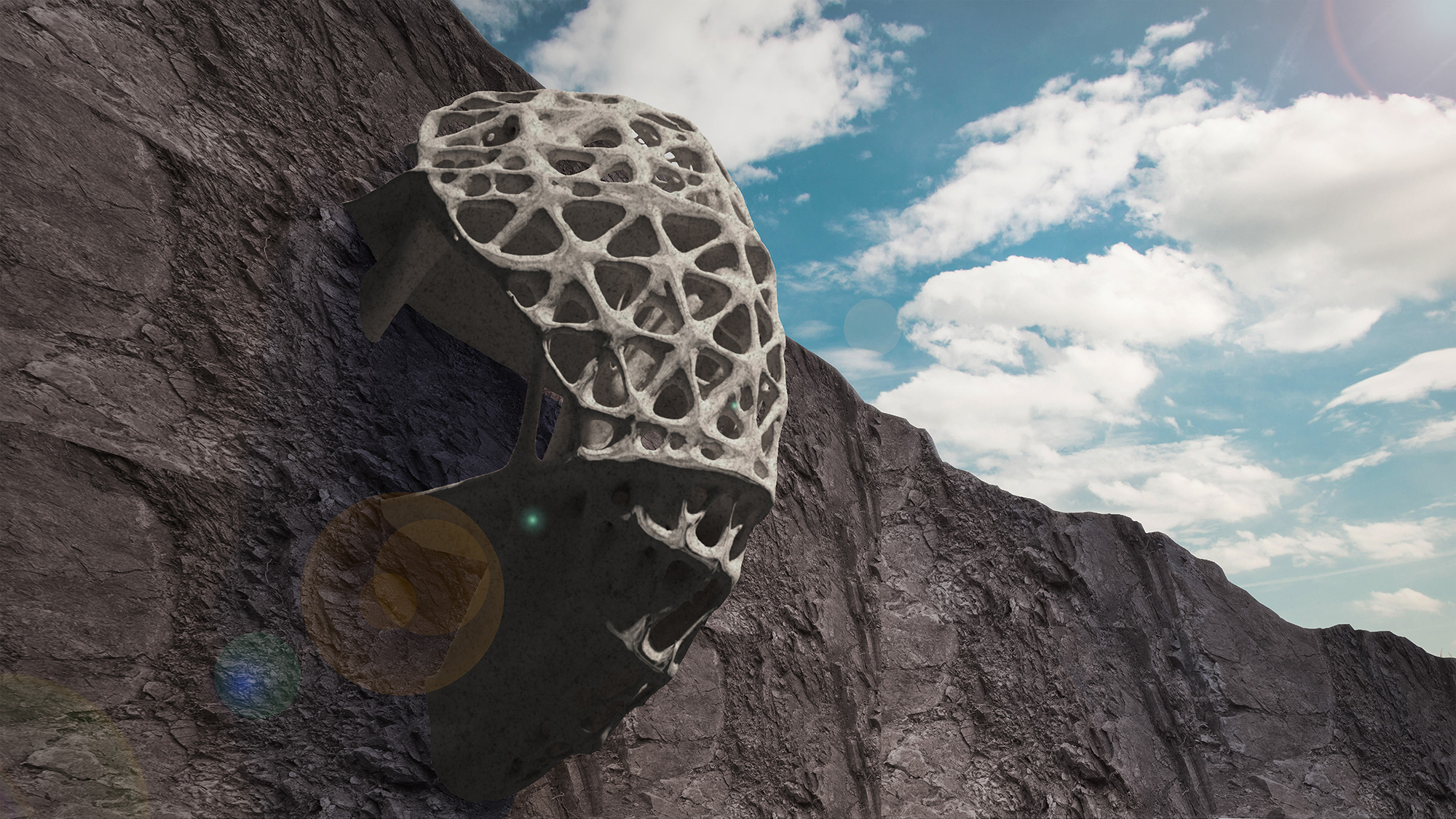
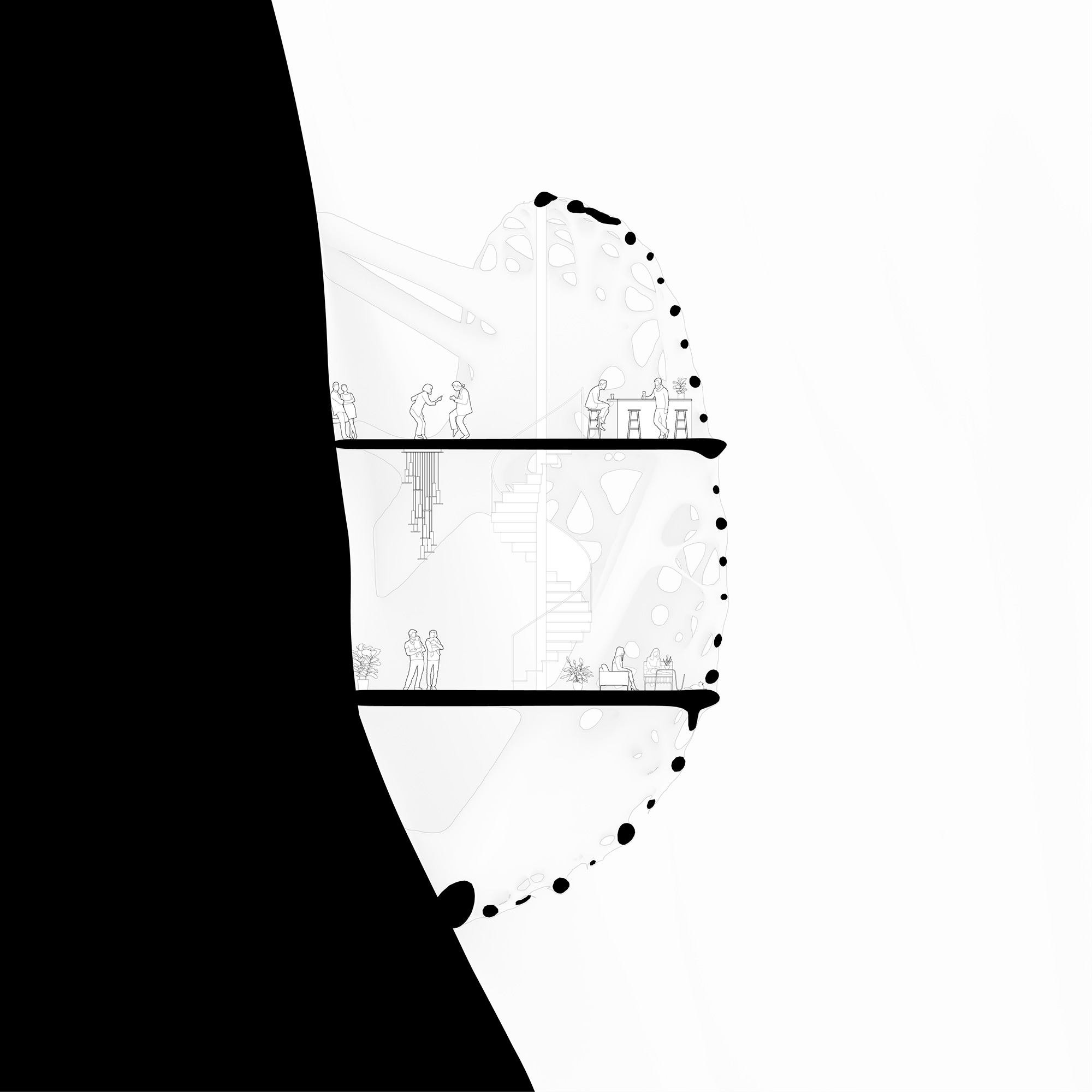
Donghwi and Zhenxiao write: "Through our research into concrete casting and fabrication, we identified the strengths and weaknesses of concrete and its means of fabrication. [...] The resulting project, 'Concrete Anatomy,' is, at its core, a bespoke concrete panel design, fabrication, and assembly system. This system consists of three components: topology optimization, a customizable concrete panel casting machine, and post-tensioned cable assembly. The combination of these components aims to address the limits of contemporary concrete casting, while creating structurally sound structures that are quick to fabricate, efficient in material usage, and minimal in falsework requirements."
Lance Pan, Rebecca Pan, and Nancy Wu
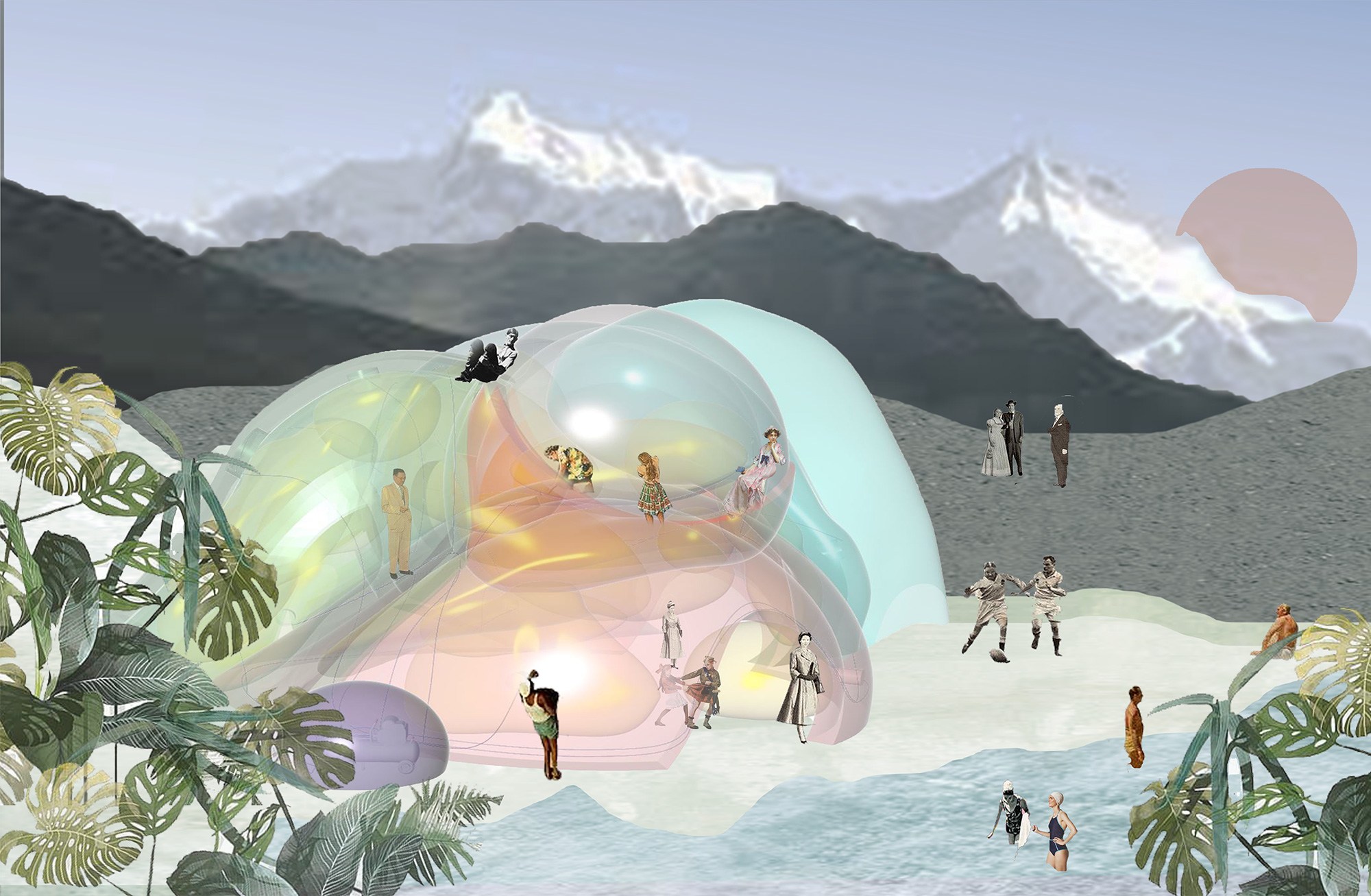
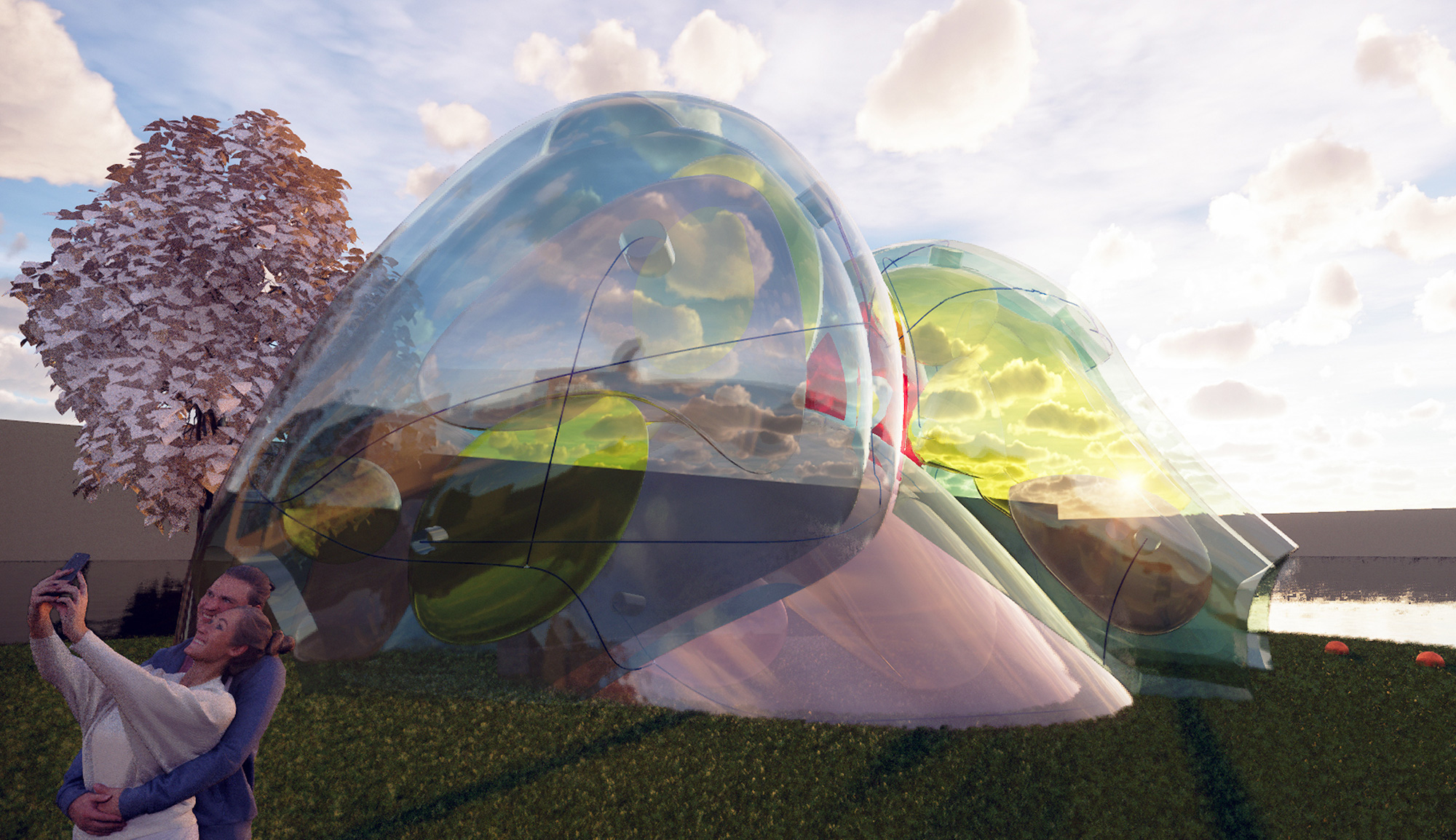
Lance, Rebecca, and Nancy write: “In our attempt to create a structure that would embody the potentials of pneumatic design and our ambitions, we developed this portable, dynamic, interactive, sensory, and adventurous fort. [...] 'The Cloud' can be taken down and packed and then erected anywhere, as long as there is a compressor or fan. It implies a nomadic lifestyle and challenges the conventional notion of architectural permanence."

